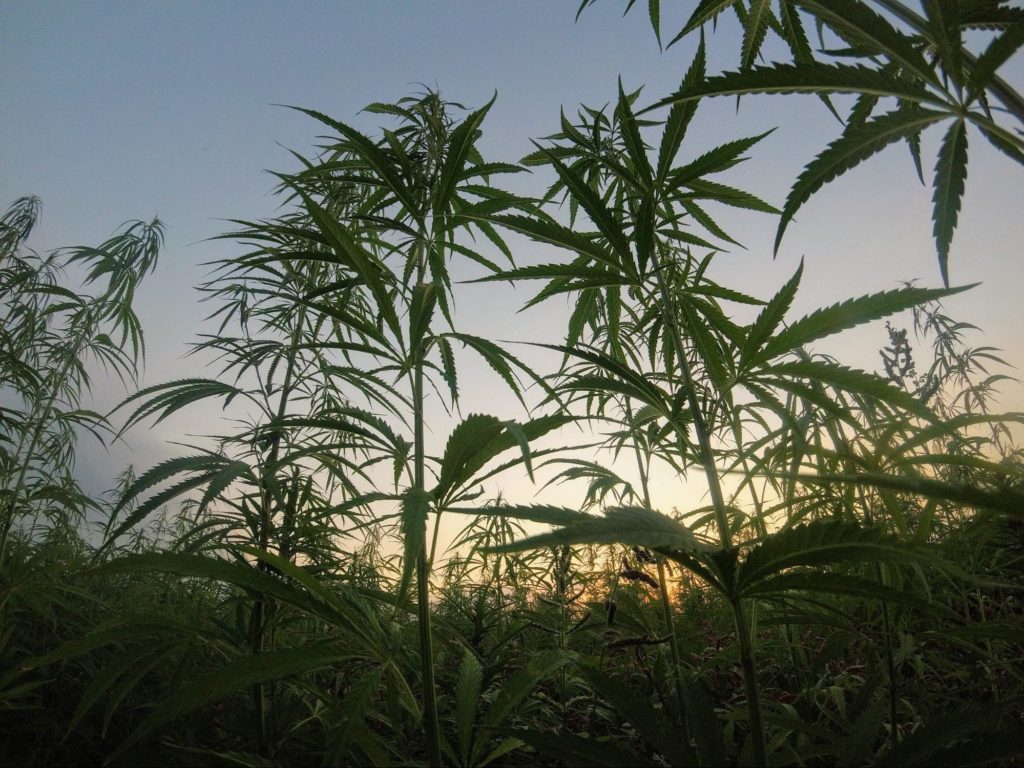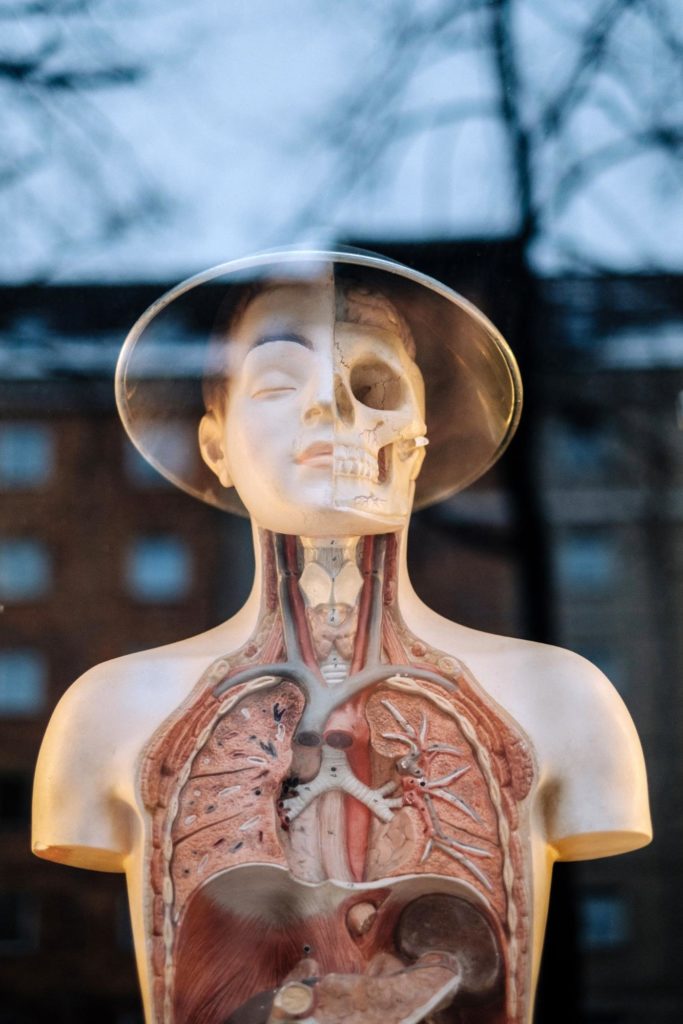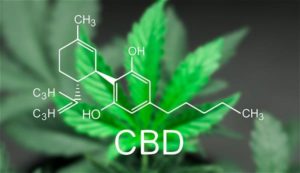Casey Willax Above: “I am just stoked to be apart of the Nanocraft team. As a pro snowboarder we abuse the heck out of our bodies day after day! It is like a precursor to my health, when I know its gonna be a long day of riding I use the products to prevent swelling and tone things down after a long hard day… The day formula is pretty bomb in coffee too”
It is no secret that athletes tend to physically abuse their bodies more than any other demographic, both positively and negatively. When it comes to training and sport specific activities, an athlete will increase human performance through endurance training, muscle loading and by increasing neuromuscular communication. However, athletes tend to overuse their bodies, often resulting in chronic pain, inflammation and career ending injuries.
Currently, athletes who are not totally informed will take traditional pain management routes, which often consist of bed rest, NSAIDS and opioids, until cleared for “return to play”. In more recent times, athletes have become smarter about how they treat their bodies and ultimately, what they put in them for performance and recovery purposes. Research and literature has recently begun to express the safety and efficacy on the use of cannabidiol (CBD) for pain and inflammation management and recovery.
It is nothing new to the industry that there is an opioid epidemic. Chronic use of over the counter medications pose a huge health risk and have shown to lead to addiction of harder pain management drugs that killed 52,404 U.S. citizens, including 33,091 (63.1%) that involved an opioid in 2015 and the numbers have only grown since. There has been progress in preventing deaths of certain prescriptions, but ultimately rates of deaths involving heroin and synthetic opioids have increased nation wide, Gladden et al., 2016, Peterson et al., 2016.
IS IT LEGAL?
Traditionally, no, but as of 2018 the world anti doping agency (WADA) and the US antI-doping agency removed CBD from the banned substance list, while the ban on THC still remains in effect, the threshold in which is considered tolerable was increased 10 fold, due to the fact that whole plant hemp derived CBD products can contain trace amounts of THC.
The only issue that athletes may currently face is that legislation regarding the usage of cannabis oil is constantly evolving, on the federal, state and local levels. This means that athletes in certain areas still may have some issues acquiring the product in their region, which still causes people to raise the question as to whether or not they should be purchasing and utilizing the product.
BASIC PROOFS
Athletes are now able to consume CBD products legally, but why? What will they use it for specifically?
In more recent years it has become evident that the bodies endocannabinoid system plays a significant role in modulating neuronal and immune system activity. Cannabidiol (CBD) is a phytocannabinoid found naturally in the cannabis plant. Unlike THC, CBD is not psychoactive and multiple studies have been conclusive in the fact that it can be used to treat ailments associated with inflammation and pain. Although the research is constantly evolving, the direction is pointing towards a new frontier in terms of holistic methods to treat pain and inflammation.
CB1 receptors are found throughout the central nervous system, and other tissues. CB2 receptors are more often found throughout the immune system. CBD indirect interactions with CB1 receptors has a greater effect on the central nervous system, and CBD interacting with CB2 receptors has a greater effect on reducing inflammation and ultimately act to maintain homeostasis through the adaptive and innate responses of immunity. As an athlete, often time neuromuscular communication is overused, causing central fatigue and muscle damage. CBD may act to facilitate recovery time at the cellular level.
Studies of animal models have identified that transdermal (topical CBD pain salves) applications of CBD allow for the accumulation within the skin and skeletal muscle by indirect action on cannabinoid receptors, which are identified as receptors of both the immune system and central nervous system and play a major role in cytokine release, an important step in the inflammatory process. A study conducted by Hammell et al., 2016 explained that results of a chemical analysis of the spinal cord revealed that dose dependent reductions in pro-inflammatory markers were seen within the spinal cord after administering topical CBD over four consecutive days.
Data would suggest that transdermal CBD and edible (Tinctures) applications have therapeutic potential for relief of pain associated with acute and chronic inflammation without evident side effects. Although more research is needed to prove this application in humans, animal models have shown strong evidence to believe that CBD may indeed provide a very potent transdermal (topical) pain relief with anti-inflammatory properties.
Taylor Knox Below: “CBD has completely changed the game in terms of sports recovery. The opioid epidemic has destroyed careers and lives… Now that I am getting older, I am a father and still performing at a high level, I need to ensure that what I am putting in my body is going to actually improve my quality of life, and it does”
TOP 5 BENEFITS
PAIN X INFLAMMATION
Studies have shown cannabis is effective for reducing pain, including musculoskeletal pain from exercise, as well as stiff joints induced by exercise and sport (Halawa et al., 2018).
Despite the lack of conclusive amounts of evidence, due in part because of federal regulation disabling more research in the U.S, CBD does appear to relieve pain effectively for many athletes.
Inflammation can be good for athletes and help stimulate positive training adaptations. You can really look at inflammation as a good physiological response to a bad situation. Inflammation typically characterizes that the body is addressing trauma to the area, specifically muscle in athletes and facilitating growth (Hypertrophy). Too much inflammation hinders recovery and hurts performance. There are CB2 receptors in both the brain and periphery, but they are more concentrated in immune tissues. Cannabinoids interact with CB2 receptors, which seem to have an anti-inflammatory effect by reducing cytokine (cell messengers) production locally (Nagarkatti et al., 2019) In other words, CB2 receptors help tone down the response and excitability when your immune system is triggered after intense bouts of physical activity.
Mason Ho Below: “Now that I am getting older I am way more in tune with my body. CBD has been a game changer and when the waves are on and I don’t have it… Thats when I truly know how impactful it can be to my surfing”

CUT THE NSAIDs
Athletes traditionally consumed over-the-counter non-steroidal anti-inflammatory drugs (NSAIDs) like ibuprofen (Advil) for decades. However, recent evidence has advocated for the dangers imposed on the Kidney’s when you consume them in excess. Long-term or frequent use of NSAIDs may also increase your risk for heart attack and stroke caused by embolism. Some athletes have found the pain relieving effect of CBD can reduce or eliminate their use of NSAIDS for exercise-related pain and no documented deaths from cannabis or cannabinoid-based products have ever been recoded.
CUT THE OPIOIDS
According to the CDC, in 2017 prescription medications were involved in more than 70,000 deaths in the US. Of those deaths 67.8% were Opioid pain medications (i.e. morphine, codeine, oxycontin). A significant increase since 2015 CDC statistics.
These drugs are highly effective for pain management, but have a significant risk involved in taking these drugs for any duration of time. Cannabinoids are not as effective as opioids for relieving acute, high-intensity pain, but may be effective for long-term pain management without any side and adverse affects associated with it.
CALM THE GUTS
Inflammation in the small and large intestines causes a lot of discomfort, and GI distress is one of the leading reasons endurance athletes drop out of races. CBD won’t solve stomach problems from dehydration and overheating, that’s a different battle. Cannabidiol (CBD) appears to be a very promising compound because of the anti-inflammatory effects. Investigators have explained the results of a study that indicated CBD is a potent compound that is able to modulate gut inflammation through poorly understood mechanisms of action between the central nervous system and the gut, Filippis et al., 2011. This may have future implication that may enable future research to confirm these findings.
IMPROVE SLEEP
Currently around 25% of the American people experience sleeping issues such as insomnia. Additionally, research has shown that people with chronic insomnia are more likely to develop or have depression and vice versa.
Getting quality sleep is one of the most effective ways an athlete can achieve greater gains and is equally as important as the training itself. On an individual basis, athletes who consume CBD report improved sleep quality and duration. One potential reason for this could be CBD inhibiting the reuptake of adenosine. (Rodriguez et al., 2009)
Adenosine triphosphate (ATP, Body Fuel) breaks down as your body burns substrate (Protein, Fat, Carbs) for energy, and adenosine gradually accumulates in the brain. More adenosine binding to neurons inhibits the release of neurotransmitters, slowing down neuronal activity, helping you feel calmer, and inducing sleep.
By binding to same receptors adenosine would bind to, CBD may inhibit adenosine reuptake, which helps it accumulate more quickly and makes you feel tired. CBD may also have a potent anti-anxiety effect for some people, which can help them get to sleep and have more restful sleep by stabilizing cardiac rhythm during sleep.
Eli Olson Below: “Since coming onboard with Nanocraft CBD my sleeping patterns have improved. All my friends and family know how bad I struggle with insomnia. Often times I find myself going on runs at 3 AM because I can’t sleep. The night and day formulas have been a game changer when I have those long days in the dojo and surfing… Recovery has been phenomenal”
THE HOW.
It seems as though everyday you wake up to discover some new way to ingest CBD. Whether it is soft gels, vapor pens, super-food powder, pain salves, tinctures and everything in between, there is a way for almost all demographics to get CBD into the body.
How you use it can also determine the potency and time in which the constituent actives the cannabinoids receptors. Vapor would essentially be the most immediate, due to the fact that once the cannabis diffuses through pulmonary capillaries and loads onto the red blood cells, it then travels to the heart and up the carotid artery directly to the blood brain barrier enabling immediate and potent activation of the endocannabinoid system. However, it is still skeptical whether or not the product should be inhaled at all, due to the fact that putting anything in your lungs aside from air may have a negative impact on long-term health
Edibles have to be digested, so they may take a bit longer than vaping. CBD Topical creams may also be quicker than edibles, but often times it may take a couple applications to allow CBD to cross the dermal layers of the skin and sublingual drops/tinctures are said to be the most rapid aside from the vapor.
CBD is now available in three different forms that are derived from many extraction methods. It is available in full spectrum, broad spectrum and isolate form. Full-spectrum allows extraction of the entire cannabis plant, which typically contains up to .3% THC (legally) and contains over 100 different phytocannbinoids which create that potent “entourage” effect. Broad spectrum, similar to full-spectrum CBD (whole plant) but does not contain any THC, making it a little less potent and enables athletes that undergo routine drug tests to still reap the benefits of CBD. Isolate is the final form and is characterized as being just pure extracted CBD up to 99.9% which has been said to have therapeutic benefits, but not to the extent of full spectrum and broad spectrum formulas.
HOW MUCH?
This part gets a little grey when it comes to prescribing a specific dose or giving recommendations. Currently, cannabis products are not regulated by the FDA therefore it is not very consistent when it comes to contents of the product and can be something that you really want to do your homework on before committing to a cheap product. Plus, just like any other individual human response, not one recommendation is going to produce the same results.
Most CBD companies that sell tinctures bottle them in 30ml tincture bottles and the servings are geared towards 1ml/day, making each bottle about a months worth of servings, but again, this varies person to person and I have personally turned my months worth of servings into about 2-weeks for the benefits I am looking for.
FINAL THOUGHTS
Although CBD has created a ton of buzz along with some interesting science and testimonials to back it, the biggest challenge the industry currently faces is that there is still so much to learn about the science, formulations and delivery. Although CBD is removed from the banned substance list, there is still much caution for certain athletes due to the fear that a product may contain THC, when is says it does not. At this point, the benefits out weigh the risk and if it can steer people away from harder pharmaceuticals that have proven to be dangerous, then we can all rest a bit easier knowing that we are advocating a consuming a natural, plant derived product.
APPLICATIONS x CBD
New to CBD? check out the related link to the new user guide.
Cannabinoid options of application:
Transdermal (Skin)-Topical Salve: This application is typically used for acute and direct application. Such as an ankle sprain, arthritis, tendonitis, plantar fasciitis, carpal tunnel, tennis elbow, fibromyalgia and migraines. Full-spectrum salves provide a whole panel of cannabinoids for increased potency.
Edible Application
Tinctures: Tincture oils are utilized in full-spectrum form (whole plant derived) and Isolated forms (Pure CBD) that are applied directly under the tongue or mixed in water. This form is typically used for direct application to the central nervous system and the entire body for ailments like anxiety, stress, epilepsy, insomnia, depression, PTSD, autoimmune responses, ADHD, cancer, systemic inflammatory disease such as, cardiovascular disease, diabetes and metabolic syndrome. All applications are available as CBD isolate, broad spectrum and full spectrum.
Soft Gels: Full-spectrum soft gels essentially have the same application as tincture oils. The difference is that each soft gel is measured to a specific milligram to provide a consumer with a perfectly measured dose of CBD. This would be used for any ailments one might use CBD for, including all the ones listed above.
Superfood powder: Super food green powder has a broad range of greens, phytonutrients, vitamins and of course CBD. This application is great to give some a nice, clean energy boost before a workout or just to get your day started naturally with improved focus.
REFERENCES:
1.) Booz G. W. (2011). Cannabidiol as an emergent therapeutic strategy for lessening the impact of inflammation on oxidative stress. Free radical biology & medicine, 51(5), 1054-61.
2.) Gladden RM, Martinez P, Seth P. Fentanyl law enforcement submissions and increases in synthetic opioid-involved overdose deaths—27 states, 2013–2014. MMWR Morb Mortal Wkly Rep 2016;65:837–43.
3.) Guindon J, Hohmann AG. Cannabinoid CB 2 receptors: A therapeutic target for the treatment of inflammatory and neuropathic pain. Br J Pharmacol2008;153(2):319–34.
4.) Hammell DC, Zhang LP, Ma F, et al. Transdermal cannabidiol reduces inflammation and pain-related behaviours in a rat model of arthritis. Eur J Pain (United Kingdom)2016;
5.) Halawa, Omar I., et al. “Role of Cannabinoids in Pain Management.” Essentials of Pain Medicine, 2018, doi:10.1016/b978-0-323-40196-8.00056-5.
6.) Murillo-Rodríguez E, Millán-Aldaco D, Palomero-Rivero M, Mechoulam R, Drucker-Colín R. Cannabidiol, a constituent of Cannabis sativa, modulates sleep in rats. FEBS Lett2006;.
7.) Nagarkatti, Prakash, et al. “Cannabinoids as Novel Anti-Inflammatory Drugs.” Future Medicinal Chemistry, vol. 1, no. 7, 2009, pp. 1333–1349., doi:10.4155/fmc.09.93.
8.) Peterson AB, Gladden RM, Delcher C, et al. Increases in fentanyl-related overdose deaths—Florida and Ohio, 2013–2015. MMWR Morb Mortal Wkly Rep 2016;65:844–9.













